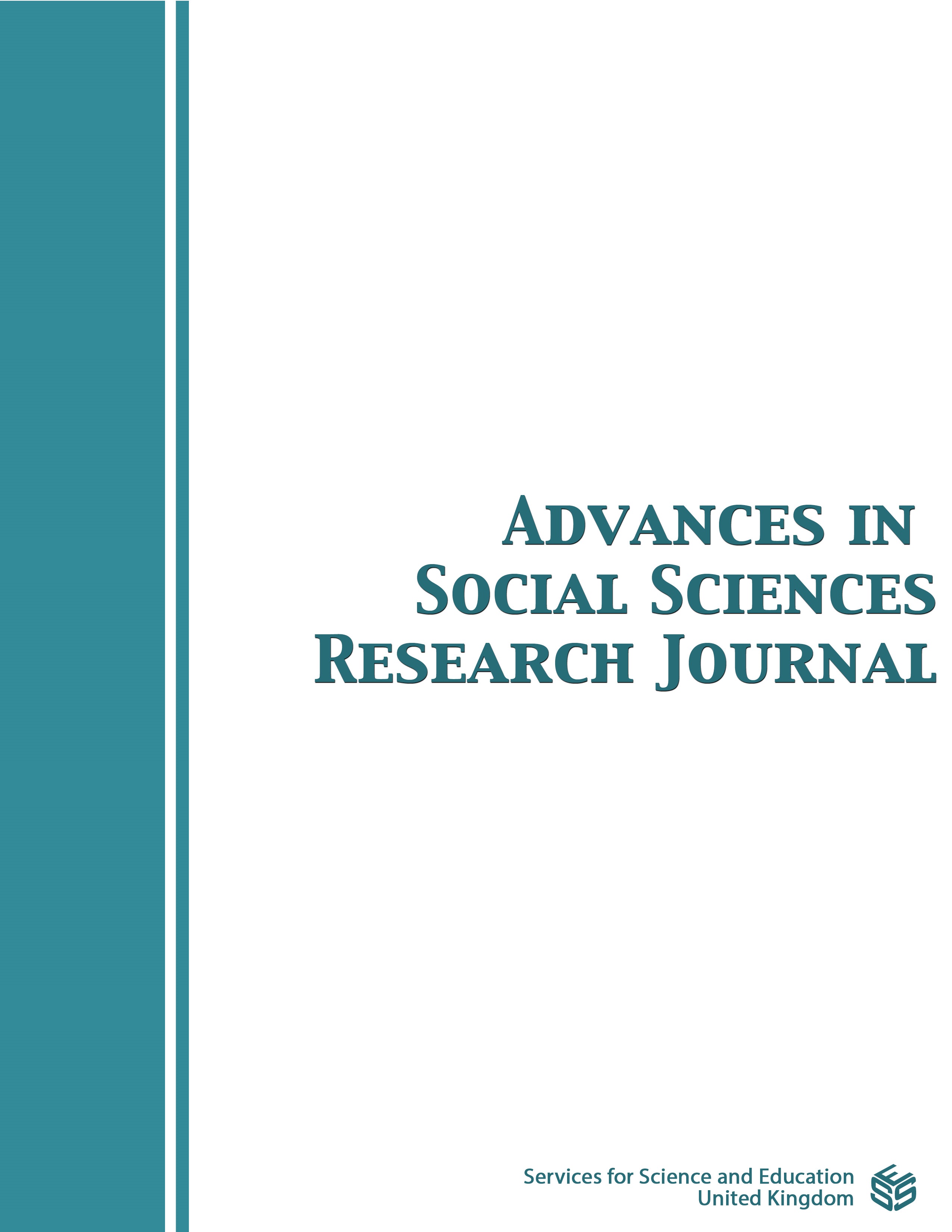Education Leadership: Legal and Social Impacts of Public Schools Leadership and Management on the City of Baltimore Maryland, United States of America
DOI:
https://doi.org/10.14738/assrj.108.15435Keywords:
Educational Leadership, Baltimore City, Public School Performance, Educational Legal Issues, Social Economic FactorsAbstract
This study assessed the correlation between per student expenditure and academic achievement, examining legal issues, poverty, and crime as chronic factors impacting low academic performance as parents’ legal actions against the City School Board of Commissioners question the effectiveness of public school spending. Ineffective leadership, mismanagement, poverty, and crime contribute to subpar performance, necessitating new strategies for learning, teaching, and meeting high academic standards. The Baltimore City public school system has faced challenges in academic achievement, poverty, and crime over the past decades. Maryland's Blueprint for the Future and meta research emphasize the importance of effective leadership and quality education to enhance student achievement, socioeconomic growth, and reduce crime. The present research analyzed various factors influencing public school performance, including per teacher and pupil expenditure, while correlating SAT and ACT scores with academic improvement in Baltimore City, Maryland. Besides, it is declared that effective educational leadership is imperative in a data driven culture whose challenges lie not in advanced technology itself but rather in the transformation of repressive cultures, teams, and practices.
Downloads
Published
How to Cite
Issue
Section
License
Copyright (c) 2023 Hyacinth Anucha

This work is licensed under a Creative Commons Attribution 4.0 International License.
Authors wishing to include figures, tables, or text passages that have already been published elsewhere are required to obtain permission from the copyright owner(s) for both the print and online format and to include evidence that such permission has been granted when submitting their papers. Any material received without such evidence will be assumed to originate from the authors.






